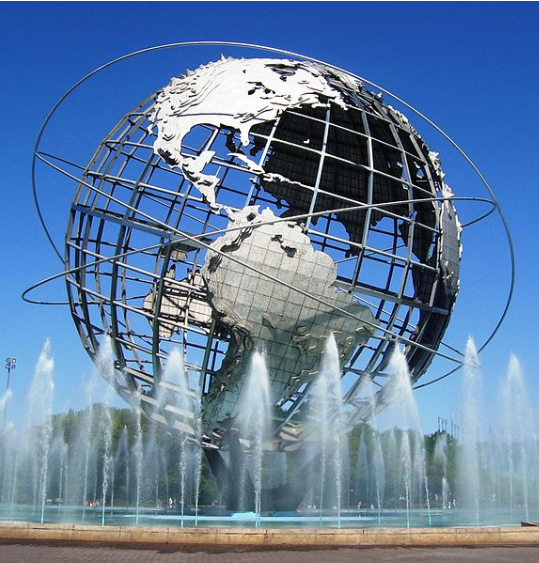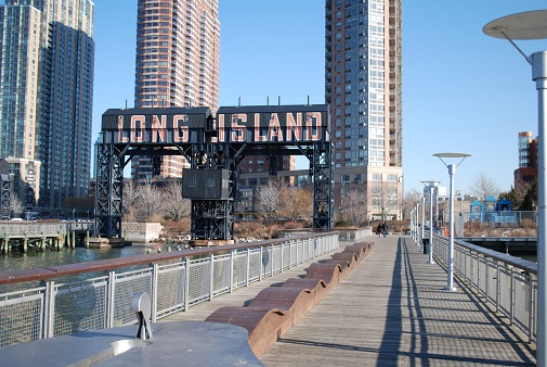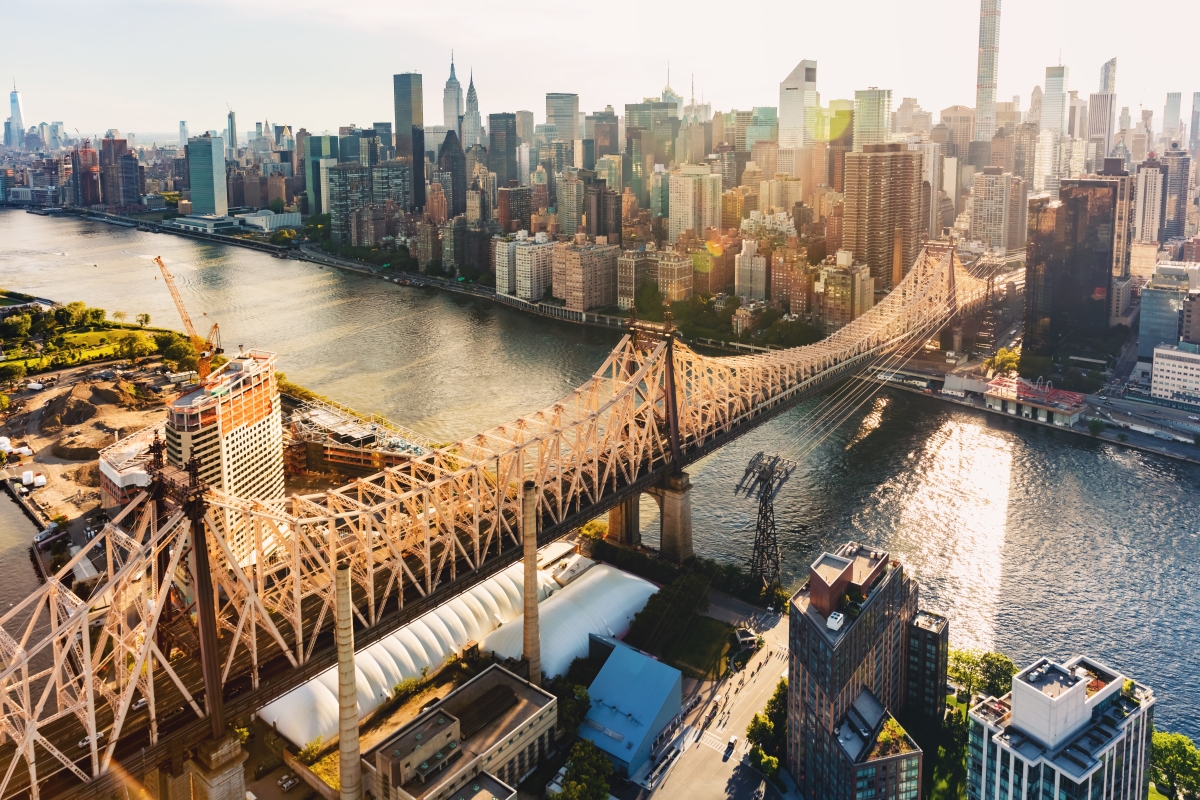If you ask most visitors to the Big Apple about their impression of the Borough of Queens, they probably won’t have one. They landed at Kennedy or LaGuardia, grabbed their luggage, went to the curb and took a cab or Uber into Manhattan. The car windows stayed rolled up. All the visitors might remember of Queens would be the parkway traffic. But now, for a confluence of reasons, Queens isn’t just a place to watch professional-grade tennis. And yet more and more people are buying homes in this much-maligned borough.
If there’s one thing emblematic of Queens — the 1964 World’s Fair relics aside — it’s the borough’s diversity. Wikipedia calls it “the most ethnically diverse urban area in the world.” Hispanic, Asian and white households each comprise 25% or more of the borough, with black and mixed-race households rounding out the census.

[Caption (Free via Creative Commons providing credit is given): The Unisphere in Flushing Meadows-Corona Park, a vestige of the 1964 World’s Fair. Credit: Beyond My Ken]
Diversity of Housing Stock in the Queens Borough
Queens also features a diversity of occupations. Only 5% of the working population of this bedroom community within North America’s largest city is comprised of government employees. It’s 7.6% in Topeka. Almost a quarter of Queens residents work in healthcare and another 10% in education. Then there’s quite a spread of retail, professional services, construction trades, and financial industry employees. Tellingly, 28% of all locals are self-employed. (Topeka: 8%.) This coincides with great economic diversity as well. Along with the newly hip northwestern sections of Astoria or Long Island City, the quiet money enclaves of Forest Hills or Bayside and the middle-class ethnic neighborhoods of Flushing, Queens also has some less advantaged sections, particularly those south and west of the Jamaica transit hub.
As a result, Queens has a vastly diversified portfolio of housing stock. There is roughly the same number of detached homes, duplexes and apartment buildings with 50 or more units. A lot of those multifamily buildings are Class B and C residences, and the market for such accommodations are not going away. But it’s also not why Amazon decided to move half its HQ2 project to Queens. Long Island City is where the world’s richest individual, Jeff Bezos, just committed to spending $2.5 billion on construction. So that’s where we need to focus our attention.
East of the East Side
When I lived in Bellerose, I used to pass through Long Island City on my daily commute to midtown Manhattan. I would muse as the bus passed by One Court Square a.k.a. the Citigroup Building, what’s that skyscraper doing all the way over on this side of the East River? It looks lonely. It doesn’t anymore. The past two decades have turned Long Island City into a bouquet of glass-and-steel towers that is practically a mirror image of Midtown East.
And it’s nowhere near built out yet. Addresses such as 29-37 41st Avenue, 5-40 44th Drive and 29-32 Northern Boulevard will soon be home to hundreds of new residents — many of them with Amazon ID badges, no doubt. Construction is also underway on sites with such florid names as Star Tower, Corte, 5 Pointz and Galerie will also be move-in ready when the Seattle transplants show up.

[Caption: Welcome home, Amazon! Credit: City of New York]
Before you cut that ribbon …
Hyphenated street numbers aren’t the only oddball idiom for Queens real estate. For example, height restrictions are taken very seriously. They exist almost everywhere, of course, but in Queens, there’s an actual reason. You’re not going to get a variance just by showing up at a zoning board meeting. As stated at the top of this post, Queens has airports — really busy, international airports. Just as most of southern Queens is in the JFK flight path, most of northern Queens — including Long Island City, is in LaGuardia’s. The FAA recently forced the developers of the planned Court Square City View to rein in their ambitions for a 984-foot tower to a more modest 780 feet. Upon completion, it would still be the tallest building in Queens. Considering LaGuardia’s holding pattern is as low as 3,000 feet, that’s a good thing.
Another regulatory dimension to multifamily real estate in Queens is the set-aside for “affordable housing.” These are units the developer must reserve for local residents who can’t afford the full rent. For example, 150 of the 481 apartments planned for the Jackson East & West will be rented out for below-market prices. The goal is to ensure that poorer people who work in rich neighborhoods don’t have to spend all the rest of their waking hours commuting. Households displaced by new construction can stay within their communities. It’s how New York City and many other urban areas have addressed the issues of affordable housing, and renters usually account for the majority of these cities’ residents.
Northwest Queens (including Long Island City) at a Glance
- New construction: 39.3% of market share
- Inventory trend: down 15.5% from September 2017 to September 2018
- Average effective rent: $3,095/mo, a steep 3.8% increase from 2017 ($1,359 in Queens as a whole)
- Median annual household income: $62,207, up dramatically from $42,439 in 2000 (Queens as a whole)
- The proportion of households renting: 57%
Sources: The Elliman Report, City-data.com
To view Sharestates open investments in the borough of Queens, click here.


